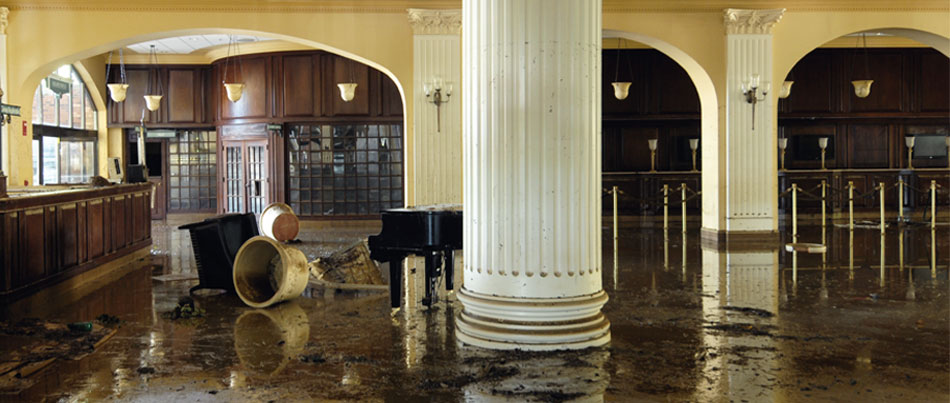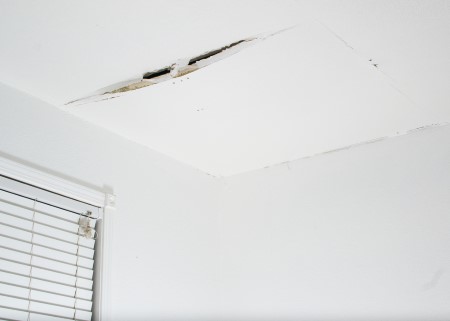6 Water Damage Reconstruction Do's and also Don'ts.
6 Water Damage Reconstruction Do's and also Don'ts.
Blog Article
In this article down the page you can locate lots of professional points on the subject of 5 Home Safety Tips To Reduce The Risk Of Fire And Water Damage.

Water offers life, however water invasion on some parts where it's not supposed to be can result in damage and also trouble. In addition, houses with water damage odor mildewy and also old.
Water can come from many sources like typhoons, floods, burst pipes, leaks, as well as sewage system issues. It's far better to have a working knowledge of safety precautions if you have water damage. Below are a few standards on just how to manage water damage.
Do Prioritize House Insurance Policy Coverage
Seasonal water damage can come from floods, seasonal rainfalls, as well as wind. There is likewise an occurrence of a sudden flooding, whether it originated from a damaged pipeline that unexpectedly ruptures right into your home. To protect your home, obtain home insurance that covers both disasters such as all-natural disasters, and also emergency situations like busted plumbing.
Do Not Neglect to Switch Off Utilities
When disaster strikes as well as you remain in a flood-prone location, turn off the major electrical circuit. Switching off the power prevents
electric shocks when water is available in as water serves as a conductor. Don't neglect to shut off the major water line shutoff as a means to avoid even more damage.
If the floodwaters are obtaining high, maintain your furniture stable as they can move around and create additional damages.
Do Stay Proactive as well as Heed Climate Signals
If you live in a location plagued by floodings, stay ready and also proactive at all times. Listen to the information and also evacuation cautions if you live near a body of water like a creek, lake, or river .
Don't Ignore the Roof
Your roofer needs to take care of the malfunctioning rain gutters or any type of other indicators of damage or weakening. An examination will stop water from flowing down your walls as well as soaking your ceiling.
Do Take Notice Of Small Leaks
There are red flags that can attract your interest as well as suggest to you some damaged pipes in your home. Indicators of red flags in your pipelines include bubbling paint, peeling off wallpaper, water touches, water discolorations, or dripping audios behind the wall surfaces. Repair and inspect your plumbing repaired prior to it results in enormous damages to your home, funds, as well as an individual headache.
Do Not Panic in Case of a Burst Pipeline
Timing is crucial when it comes to water damage. If a pipe ruptureds in your residence, right away closed off your major water shutoff to reduce off the resource and also stop more damages. Call a reliable water damages remediation expert for assistance.
Water offers life, yet water intrusion on some parts where it's not supposed to be can result in damage and inconvenience. In enhancement, homes with water damages smell mildewy as well as old.
Seasonal water damages can come from floods, seasonal rainfalls, and also wind. Signs of red flags in your pipelines include bubbling paint, peeling off wallpaper, water streaks, water stains, or leaking sounds behind the wall surfaces. If a pipe bursts in your residence, instantly closed off your primary water shutoff to reduce off the source and protect against more damage.
Water Damage Do and Don'ts
Water damage at your home or commercial property is a serious problem. You will need assistance from a professional plumber and a water damage restoration agency to get things back in order. While you are waiting for help to arrive, however, there are some things you should do to make the situation better. Likewise, there are things you absolutely shoud not do because they will only make things worse.
DO these things to improve your situation
Get some ventilation going. Open up your doors, your windows, your cabinets – everything. Don’t let anything remain closed. Your aim here is to expose as much surface area to air as possible in order to quicken the drying out process. Use fans if you have them, but only if they’re plugged into a part of the house that’s not currently underwater.
Remove as much standing water as you can. Do this by using mops, sponges and clean white towels. However, it’s important that you don’t push or wipe the water. Simply use blotting motions to soak it up. Wiping or pushing could result in the water getting pushed deeper into your home or carpeting and increasing your problem.
Turn off the power to the soaked areas. You will want to remove the danger of electrocution from the water-logged area to do some cleaning and to help the plumber and the restoration agents do their work.
Move any furniture and belongings from the affected room to a safe and dry area. Taking your possessions to a dry place will make it easier to decide which need restoring and repair. It will also prevent your belongings from being exposed to further moisture.
DON’T do any of these things for any reason
Don’t use your vacuum cleaner to suck up the water. This will not only get you electrocuted, but will also severely damage your vacuum cleaner. Use manual means of water removal, like with mops and pails.
Don’t use newspaper to soak up the water. The ink they use for newsprint runs and transfers very easily, which could then stain carpet and tile with hard-to-remove stains.
Don’t disturb mold. This is especially true if you spot a severe growth. Leave the mold remediation efforts to the professionals. Attempting to clean it yourself could mean exposing yourself to the harmful health effects of mold. Worse, you could inadvertently spread it to other areas of the house.
Don’t turn on your HVAC system until given approval from the restoration agency. Turning your HVAC system on before everything has been cleaned could spread moisture and mold all over the house.
https://www.dreyersdki.com/about-us/blog/water-damage-do-and-donts

As a passionate reader about Preventing Fires and Water Damage In Your Home, I think sharing that piece of content was a good idea. Sharing is caring. Who knows, you may be helping someone out. I praise you for your time. Kindly stop by our website back soon.
Report this page